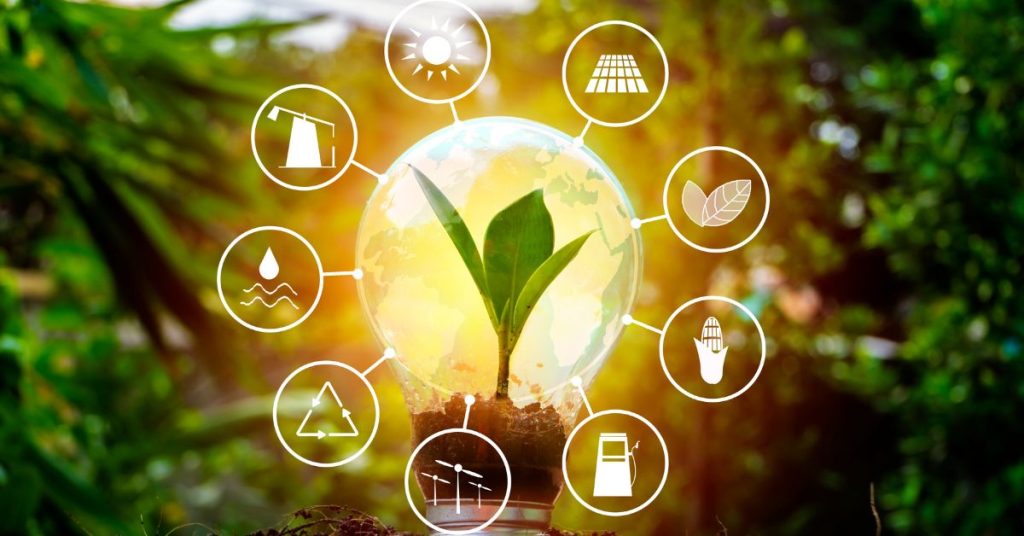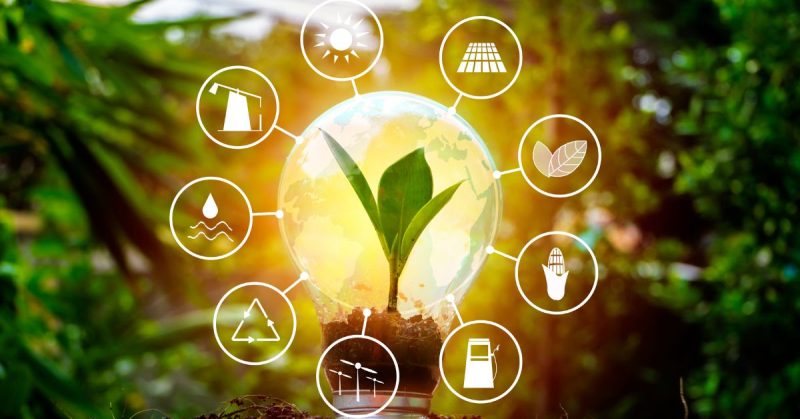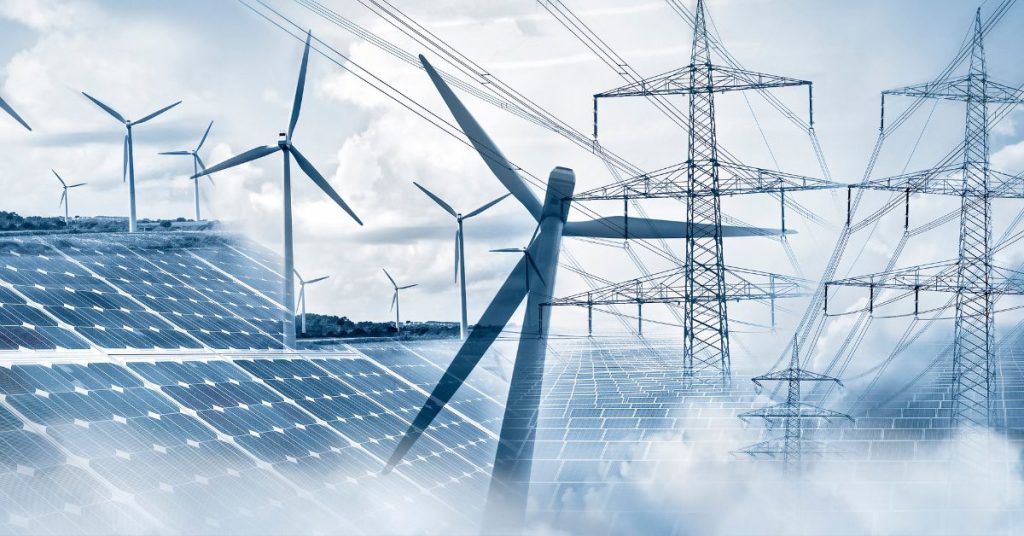
Learn the Jargon: Green Energy Definitions
Breaking Down Key Terms in the Renewable Energy Industry
Why Understanding Green Energy Jargon Matters
Whether you’re exploring renewable energy for business or personal use, you’ve likely come across a growing list of technical terms. The clean energy sector has developed a unique vocabulary, and understanding it can help you make informed decisions when investing in sustainable solutions.
At Powergreen, part of our mission is to ensure easy access to knowledge so that more people can embrace the green revolution. This guide cuts through the jargon, providing clear explanations of commonly used terms in renewable energy projects.
Once you’ve read through this list, you’ll be able to speak the language of green energy with confidence!
Learning the Basics
Before diving into green technologies, it’s essential to understand some fundamental electrical terms:
- AC (Alternating Current) – The most common form of electricity delivered to homes and businesses. AC power constantly reverses direction and is used in large-scale power grids.
- DC (Direct Current) – Unlike AC, DC power flows in a single direction. With the rise of solar energy, DC is becoming more prevalent, as solar panels generate DC electricity, which must be converted to AC using an inverter.
- Renewable Energy – Energy derived from sustainable sources such as the sun, wind, water, and geothermal heat, which do not deplete finite resources.
- KWh (Kilowatt Hour) – A standard unit of energy used to measure electricity production and consumption. Utility companies use KWh to calculate electricity bills.
- KWp (Kilowatt Peak) – The maximum power output a solar panel system can generate under optimal conditions (e.g., full sunlight exposure at 25°C).
Choosing a Green Energy Technology
There are multiple solar energy technologies, each designed for different applications. Here are the most common:
- BIPV (Building Integrated Photovoltaics) – A dual-purpose solar technology where photovoltaic materials replace conventional building materials (e.g., roofs, facades, and skylights) to generate electricity.
- CSP (Concentrated Solar Power) – A technology that uses mirrors or lenses to focus sunlight onto a small area to produce thermal energy, which drives turbines for electricity generation.
- PV (Photovoltaics) – The most common solar power technology, which directly converts sunlight into electricity using semiconducting materials.
Project Types in Renewable Energy
Understanding different renewable energy project models will help you choose the right solution:
- BOO (Build, Own, and Operate) – A partnership model where a private company builds, owns, and maintains a renewable energy facility, while a government entity provides incentives like tax exemptions and land subsidies.
- IPP (Independent Power Producers) – Private entities that own and operate power generation facilities and sell electricity to utilities or consumers.
- Microgrids – Small-scale power grids that allow localized energy production and consumption. Microgrids can operate independently or be connected to the main grid.
- PPA (Power Purchase Agreement) – A contract between an electricity producer and a consumer, ensuring a fixed price for energy over a specified period.
Financial Incentives for Renewable Energy
Many governments offer financial incentives to encourage renewable energy adoption. Some common programs include:
- Clean Energy Cashback – Also known as a feed-in tariff, this is a government-backed program that allows renewable energy producers to sell excess electricity back to the grid for a guaranteed price.
- Feed-in Tariff (FiT) – A financial mechanism that ensures long-term payment rates for renewable energy producers, making investments in solar, wind, and hydro projects more attractive.
- Net Metering – A system that tracks electricity generation and consumption, allowing consumers with solar panels to sell surplus electricity to the grid in exchange for bill credits.
Key Certifications in Renewable Energy
When investing in sustainable energy solutions, you may encounter various certifications. Here are some of the most recognized ones:
- EPC (Energy Performance Certificate) – A document that rates a building’s energy efficiency on a scale from A (most efficient) to G (least efficient).
- GSAS (Global Sustainability Assessment System) – A green building certification developed for GCC countries to promote environmentally sustainable construction.
- LEED (Leadership in Energy and Environmental Design) – A globally recognized green building certification developed by the US Green Building Council (USGBC). It sets standards for designing, constructing, and operating energy-efficient buildings.
- Estidama – A sustainability initiative in Abu Dhabi that aligns with the Abu Dhabi Vision 2030, ensuring green infrastructure development.
- Pearl Rating System – A rating system developed by the Abu Dhabi Urban Planning Council as part of the broader Estidama framework, providing guidelines for sustainable communities, buildings, and villas.
Additional Green Energy Terms
- Inverter – A device that converts DC electricity (produced by solar panels) into AC electricity, making it compatible with the power grid and household appliances.
- Retro-fit – The process of upgrading an existing building with green technologies, such as solar panels and energy-efficient HVAC systems.
- Smart Meter – A digital meter that records real-time electricity consumption, helping consumers monitor usage and allowing utility companies to analyze demand trends.
FAQs: Understanding Green Energy Jargon
Understanding key terms helps individuals and businesses make informed decisions about solar power, energy efficiency, and government incentives.
- AC (Alternating Current) – Used in large power grids and homes.
- DC (Direct Current) – Used in batteries and solar energy storage.
KWp (Kilowatt Peak) measures solar panel performance under ideal conditions, helping consumers understand a system’s maximum power output.
Inverters convert DC electricity from solar panels into AC electricity used by homes and businesses.
- Net metering – Consumers sell surplus energy to the grid for bill credits.
- Feed-in tariff – Producers receive fixed payments for generating renewable energy.
A PPA is a contract where an electricity generator sells power to a consumer at a fixed price over a specific period.
Interested In Our Services?
Development
We originate, finance, and manage renewable projects—from site identification to PPA signing and handover.
Check the below for more details.
More Details
Contact Us for More Details
Fill the Form Below and We Will Get Back to You Within 24 Hours

